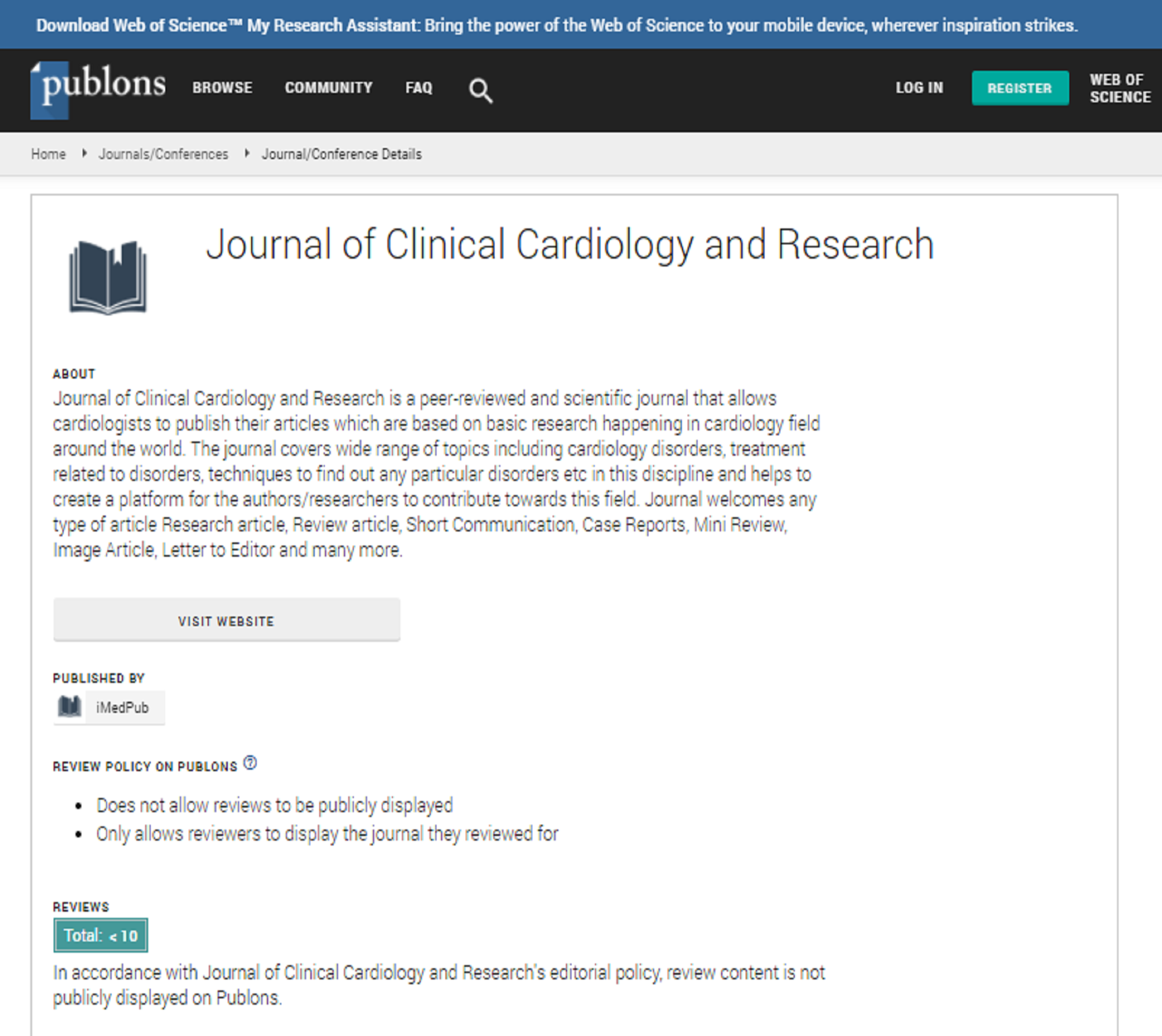Abstract
ONE-YEAR SURVIVAL AFTER ACUTE MYOCARDIAL INFARCTION (AMI): THE EFFECT OF CARE-PATHWAY IN ITALY
The relationship between guide-lines adherence and outcomes in patients with Acute Myocardial Infarction (AMI) has been widely investigated considering the phases (emergency, acute, post-acute) of the Care-Pathway (CP) separately. This research aims to evaluate the effect of the whole AMI-CP on 1-year survival.
We conducted a cohort study, selecting AMI patients from health information systems during 2011-13. Patients’ clinical history was defined by retrieving previous hospitalizations and drugs prescriptions. For each subject the probability to arrive in hospital and conditional probabilities to survive to acute and post-acute phases were estimated through multivariate models. One-year survival probability was calculated as the product of the three probabilities.
Different scenarios of CP quality were defined in terms of emergency-timeliness, hospital performance in treatment of acute phase and drug therapy in post-acute phase. One-year survival Probability Ratio (PR) and its Bootstrap Confidence Intervals (BCI) between who effected the best CP and who effected the worst were calculated for a mean-severity patient and varying sex and age.
We identified 29392 AMI. Out-of-hospital mortality was 27.9%. Among people arrived in hospital, 41.4% had a hospitalization for STEMI with 11.3% of mortality in acute-phase and 5.6% in post-acute phase. For a patient of mean-severity the PR was 1.39 (BCI 1.26-1.60). The ratio didn’t change by sex, while it moved from 1.13 (BCI 1.09-1.20) for age 85.
One-year survival probability post AMI depends strongly on CP. Improving performance in the different phases, taking into account the relationship among these, can lead to considerable savings of lives.
Acute myocardial infarction is one of the leading causes of death in the developed world. The prevalence of the disease approaches three million people worldwide, with more than one million deaths in the United States annually. Acute myocardial infarction can be divided into two categories, non-ST-segment elevation MI (NSTEMI) and ST-segment elevation MI (STEMI). Unstable angina is similar to NSTEMI. However, cardiac markers are not elevated.
An MI results in irreversible damage to the heart muscle due to a lack of oxygen. An MI may lead to impairment in diastolic and systolic function and make the patient prone to arrhythmias. In addition, an MI can lead to a number of serious complications. The key is to reperfuse the heart and restore blood flow. The earlier the treatment (less than 6 hours from symptom onset), the better the prognosis.
Memoir:
Valeria Belleudi studied applied mathematics at the University “La Sapienza” of Rome and at University “La Bicocca” of Milan (BSc in 2002, MSc in 2003) and obtained a Master’s degree in Epidemiology in 2005 from University “La Cattolica” of Rome. In 2003 she started working at the Department of Epidemiology, Lazio Regional Health Service. She is expert of management and analysis of data from large healthcare databases; she has a strong experience in conducting studies on chronic diseases, outcomes of care, social inequalities, pharmacoepidemiology and evaluation of care-pathway for acute diseases.
Author(s): Belleudi Va, Ventura Ma, Sciattella Pa, Agabiti Na , Di Martino Ma , Di Domenicantonio Ra , Davol Ma and Fusco Da
Abstract | PDF
Share This Article
Google Scholar citation report
Journal of Clinical Cardiology and Research peer review process verified at publons
Abstracted/Indexed in
- Google Scholar
- Publons
Open Access Journals
- Aquaculture & Veterinary Science
- Chemistry & Chemical Sciences
- Clinical Sciences
- Engineering
- General Science
- Genetics & Molecular Biology
- Health Care & Nursing
- Immunology & Microbiology
- Materials Science
- Mathematics & Physics
- Medical Sciences
- Neurology & Psychiatry
- Oncology & Cancer Science
- Pharmaceutical Sciences

